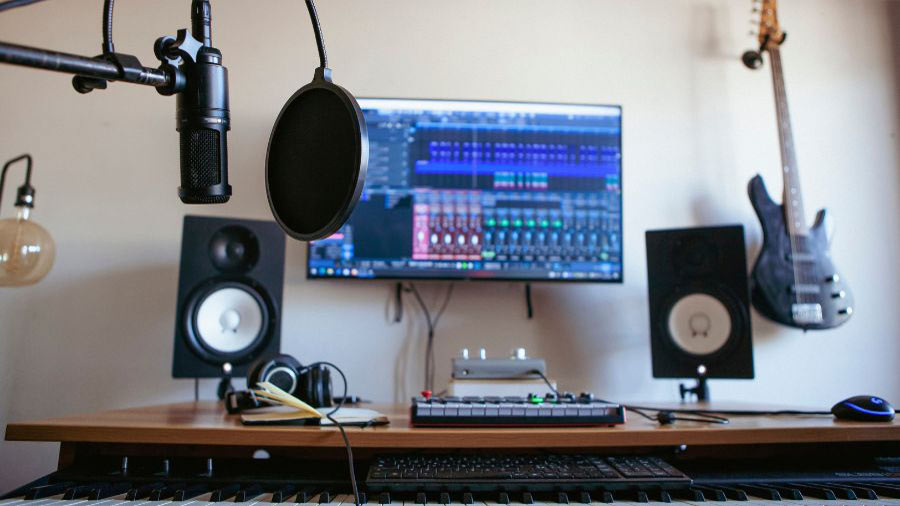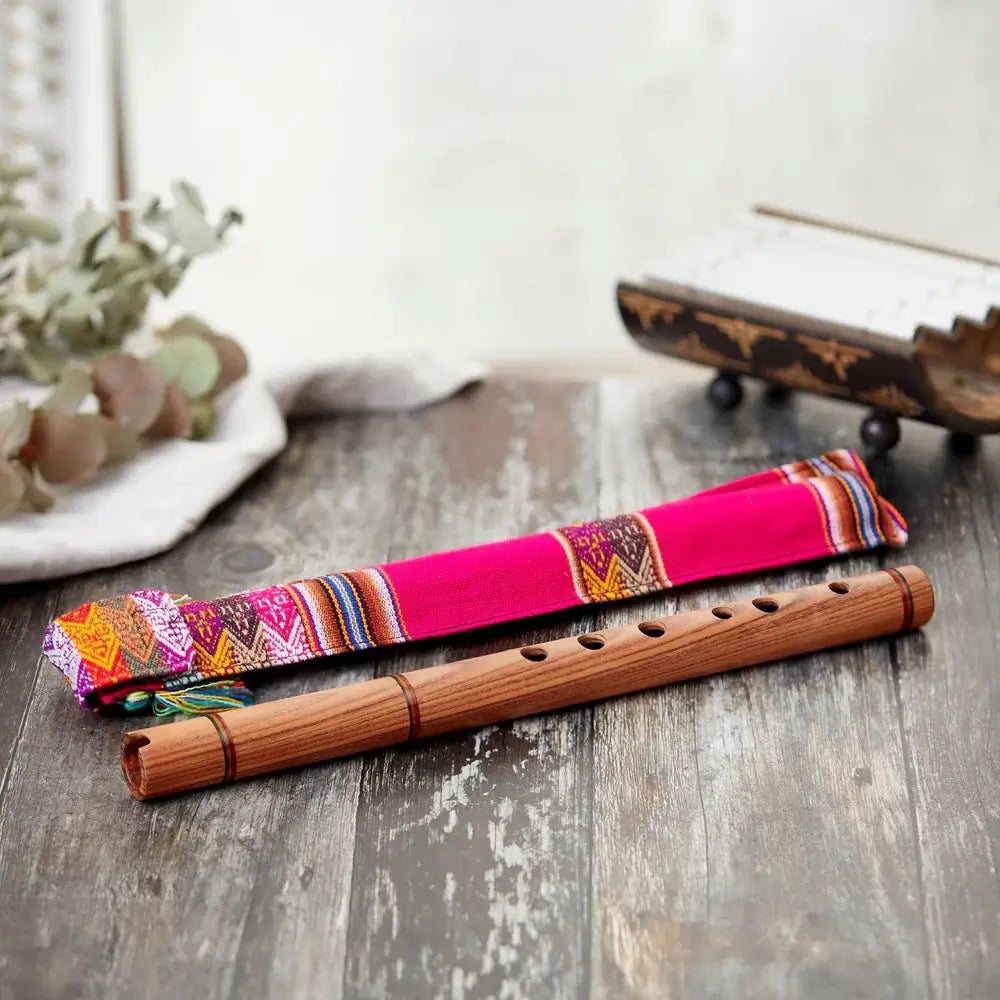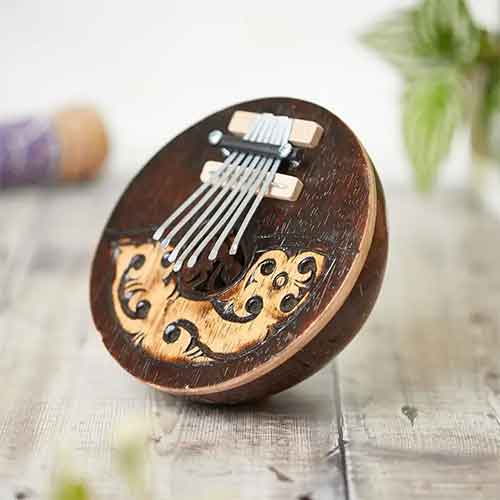Music has been integral to human civilisation since immemorial. From the earliest percussion instruments made of animal bones to the complex orchestral arrangements of the 21st century. Let's explore the impact of Technology on musical instruments, exploring the advantages and disadvantages of digital instruments and examining their role in music production, composition, and education.
Traditional vs Digital Musical Instruments

Traditional musical instruments such as piano, violin have a history dating back hundreds of years. A lot of these musical instruments were made by hand and whilst now some are mass produced by machines we are working to ensure that the traditional techniques are not lost by preserving the market of traditional hand percussion instruments made in regions around the world.
By contrast digital instruments combine technology with mass production. This has changed music dramatically. Digital musical instruments, such as synthesisers and MIDI controllers, have become increasingly popular, offering musicians a new world of possibilities.
While traditional instruments provide a sense of connection between the musician and the instrument, digital instruments offer versatility, convenience, and endless possibilities for sound manipulation. The choice between traditional and digital instruments often refers to personal preference and the desired musical outcome. Some musicians prefer traditional instruments because of their warmth and organic sounds, while others opt for digital instruments that have futuristic and experimental sounds.
The Impact of Technology on Musical Instruments

Technology has profoundly impacted musical instruments, revolutionising how they are created, played, and experienced. The introduction of electronic components and digital interfaces has allowed for greater control and manipulation of sound. Thanks to advanced sampling and synthesis techniques, digital musical instruments can generate a variety of sounds. That traditional instruments cannot replicate.
Technology has made musical instruments more accessible to a larger audience. The ascent of digital platforms and streaming services means that individuals with internet access can now explore and discover Music from around the globe. This democratisation of Music has opened up new avenues for musicians to connect with their audience, giving rise to a vibrant music scene.
There are also drawbacks to the increasing reliance on Technology in the world of Music. Some argue that using digital instruments can lead to losing authenticity and emotional connection. With the ability to manipulate and perfect every note, the imperfections and nuances that give traditional instruments their character can be lost in pursuing technical perfection. Technology can lead to a lack of skill development, as musicians become dependent on presets and automated features instead of honing their craft.
Advantages and Disadvantages of Digital Musical Instruments

Digital musical instruments offer numerous advantages over their traditional counterparts. Firstly, they provide musicians with various sounds and effects that can be easily manipulated. With software plugins and digital audio workstations, musicians can create complex arrangements and experiment with different genres and styles. Digital instruments are often more portable and compact, making them ideal for live performances and studio recordings however, digital musical instruments also have disadvantages.
Their reliance on Technology means that equipment can become outdated quickly. Additionally, a learning curve is associated with digital instruments, as musicians need to familiarise themselves with the software and hardware interfaces. Some musicians argue that the tactile experience of playing a traditional instrument cannot be replicated with a digital instrument and that the emotional connection between the musician and the instrument is lost in the digital realm.
Examples of Innovative Digital Musical Instruments
Digital musical instruments are constantly evolving, with innovations being introduced regularly. One example is the ROLI Seaboard, a keyboard controller that allows musicians to create expressive and dynamic performances by manipulating their fingers' pressure, angle, and slide. Another innovative digital instrument is the Eigenharp, a versatile and customisable instrument that combines elements of a keyboard, guitar, and wind instrument.
The Role of Technology in Music Production and Composition

The advent of Technology has transformed how Music is produced and composed. Digital audio workstations (DAWs) have become the norm in recording studios, allowing musicians to record, edit, and mix their Music with unprecedented precision. Software plugins and virtual instruments have made it possible to recreate the sounds of traditional instruments and experiment with new sounds and textures.
Technology has transformed the way Music is composed. With software such as Ableton Live and Logic Pro, musicians can manipulate loops, samples, and MIDI data to create complex and intricate compositions. The ability to easily collaborate with other musicians, regardless of geographical location, has also been made possible through online platforms and file-sharing services.
The Future of Musical Instruments in a Digital World
As Technology advances rapidly, the future of musical instruments holds exciting possibilities. Augmented reality (AR) and virtual reality (VR) have the potential to transform our engagement with musical instruments, enabling interactive performances. Machine learning and artificial intelligence (AI) algorithms can design intelligent musical instruments that dynamically respond and adapt to the musician's unique playing style.
Advancements in haptic feedback technology may solve the lack of tactile feedback experienced with digital instruments. Haptic gloves and wearable devices could allow musicians to feel the vibrations and nuances of their performance, bridging the gap between the physical and digital realms.
Music Learning and Teaching Through Technology
Technology has also profoundly impacted music education. Online platforms and tutorials have made it easier than ever for aspiring musicians to learn and improve their skills. Websites like YouTube and Skillshare offer many instructional videos and courses covering various musical genres and techniques. Virtual music lessons have also gained popularity, and these platforms enable students to receive tailored instruction from the convenience of their homes.
Technology has made it possible for musicians to collaborate and share their knowledge with others around the world. Online communities and forums offer a venue for musicians to connect, collaborate, and seek feedback on their work. The ability to easily record and share Music online has also given rise to a new generation of self-taught musicians and independent artists who can access a worldwide audience without relying on a conventional record label.
The Connection to Traditional Musical Instruments

While digital instruments offer possibilities, an inherent emotional connection to traditional musical instruments cannot be replicated. The craftsmanship and history behind conventional instruments create a sense of nostalgia and authenticity that resonates with both musicians and listeners. The physicality of playing a traditional instrument, the feel of the strings under your fingers or the breath control required for a wind instrument adds depth and expression often lacking in digital instruments.
For numerous musicians, conventional instruments possess sentimental value, either passed down through generations or acquired after years of dedication and practice. The emotional connection to these instruments is deeply personal, evoking memories and emotions that are unique to each individual. While digital instruments may offer convenience and versatility, they cannot replace the irreplaceable bond between a musician and their traditional instrument.
Combining Analog and Digital Music
Technology has greatly impacted musical instruments, changing how we create, perform, and experience music. Digital instruments offer versatility and a wide range of sounds, while traditional instruments provide a real connection that cannot be replicated. Both have their strengths, and by combining the best of analog and digital, musicians can explore new creative possibilities and create innovative, emotionally resonant music.












